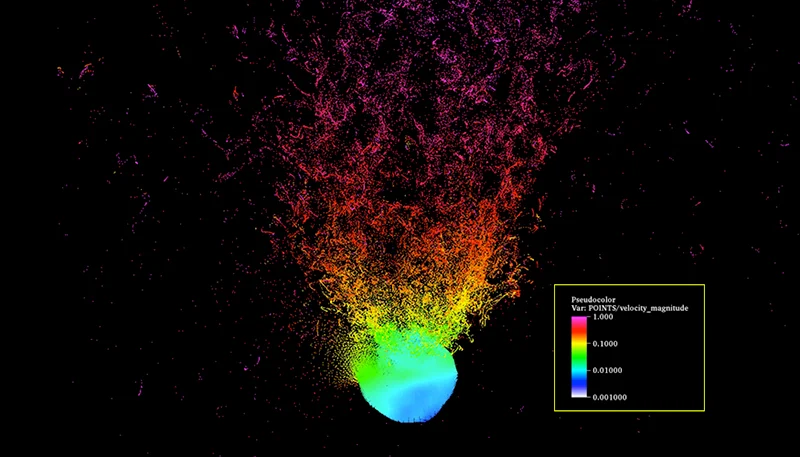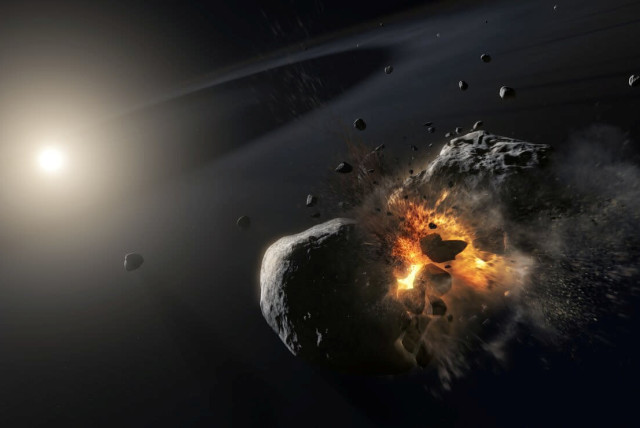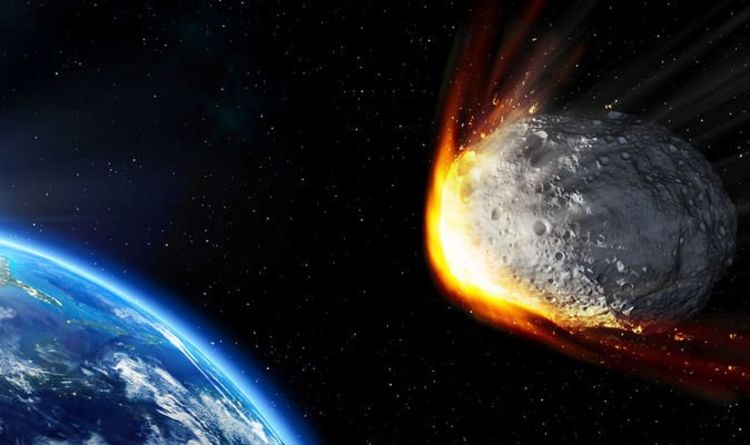According to a recent study, our ultimate defence mechanism against an asteroid crashing Earth is, after all, a viable strategy.
A late-time small-body disruption serves as a layer of defence. When tiny asteroids collide with Earth, it’s meant to destroy them. According to new research, such a defence is incredibly effective in protecting against asteroids when the attack is less than a year away.
“One of the challenges in assessing disruption is that you need to model all of the fragment orbits, which is generally far more complicated than modelling a simple deflection,” says physicist Patrick King from Johns Hopkins University in Maryland.

“Nevertheless, we need to try to tackle these challenges if we want to assess disruption as a possible strategy.”
The models developed by the researchers examined the impact of a 1-megaton-yield nuclear bomb striking a 100-meter (328-foot) diameter asteroid. Nuclear experiments were conducted between a week and six months before impact on five different asteroid orbits. If we hit the asteroid two months before its expected arrival, the destructive rain will most likely be reduced to 0.1% of the initial mass. Even if the asteroid is a larger space rock, if we hit it six months before its due date, we can lower its impact mass to 1%.
Although the outcome is reasonable, it is still a last-ditch option that scientists do not like to count on. The greatest alternative, which has been thoroughly investigated and proven, is to deflect the asteroid away from Earth even earlier.
“We focused on studying ‘late’ disruptions, meaning that the impacting body is broken apart shortly before it impacts,” says King. “When you have plenty of time – typically decade-long timescales – it is generally preferred that kinetic impactors are used to deflect the impacting body.”
Since it is impossible to anticipate where an asteroid’s components will end up after it’s been blasted, the team used Spheral, a specialized piece of software, to estimate where these rock fragments would be transported by gravity and other factors.

If the calculations for smashing up an inbound object are incorrect, a single asteroid impact may soon transform into many hits throughout the globe.
NASA and many other organisations are developing planetary defence systems, particularly in the detection of potentially catastrophic asteroids. Longer periods are necessary to improve the probability of deflecting an asteroid.
“Our group continues to refine our modeling approaches for nuclear deflection and disruption, including ongoing improvements to X-ray energy deposition modeling, which sets the initial blowoff and shock conditions for a nuclear disruption problem,” says physicist Megan Bruck Syal from the Lawrence Livermore National Laboratory (LLNL).

“This latest paper is an important step in demonstrating how our modern multiphysics tools can be used to simulate this problem over multiple relevant physics regimes and timescales.”
The findings were reported in the journal Acta Astronautica.


